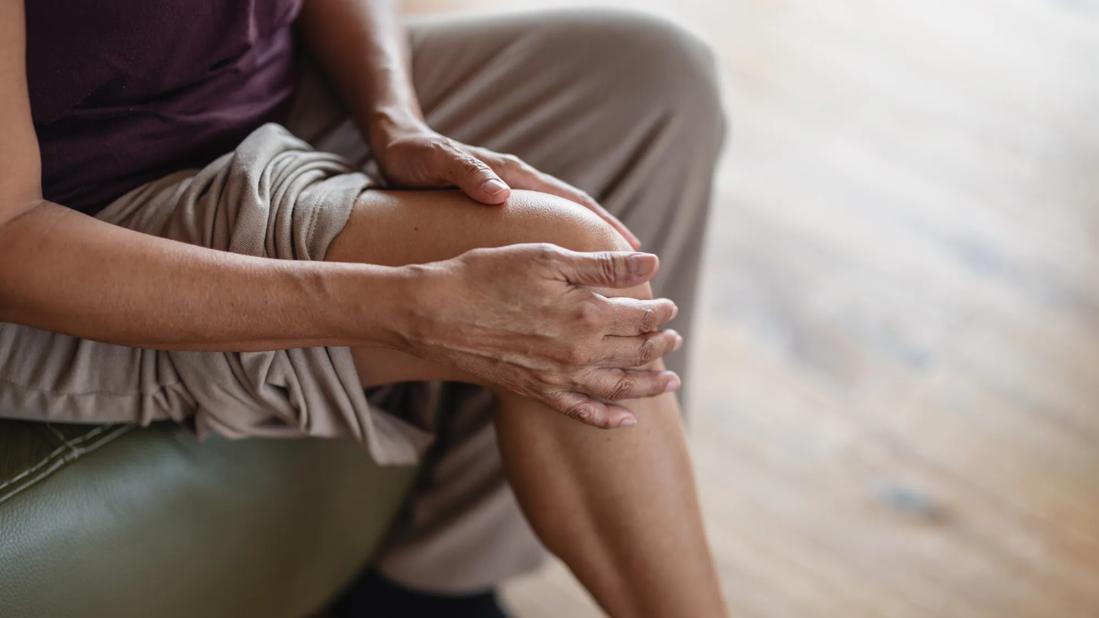Your choice depends on your reason and need for treatment

When something hurts, will ice or heat make it feel better?
Advertisement
Cleveland Clinic is a non-profit academic medical center. Advertising on our site helps support our mission. We do not endorse non-Cleveland Clinic products or services. Policy
Before you go all in on one answer, here’s a confession: That’s a trick question.
Either option can be the best choice in certain situations. Sometimes, in fact, you might use BOTH ice and heat.
Confused? That’s understandable. That’s why we asked some of our experts to break it down so you know which way to go if you’ve got back pain, a pulled muscle, a headache or some other form of discomfort.
Is your pain new or old? The answer to that question often determines whether you go ice or heat for treatment.
The frozen route is typically your better option when dealing with fresh injuries or new aches, says sports medicine physician Anne Rex, DO. That’s because the chill constricts blood vessels to numb pain, relieve inflammation and limit bruising.
“Ice wins to shut down swelling, inflammation and pain early on,” says Dr. Rex. “Heat may actually make an injury feel worse at first.”
But if you’re dealing with a lingering issue, warmth may be just what you need.
That’s because applying heat increases blood flow, relaxing tight muscles and soothing aching body parts. This can be especially helpful to improve the range of motion in a joint that isn’t moving well.
Let’s get more specific as to when ice or heat is best.
Advertisement
A trip to your freezer may be the path to relief if you’re dealing with the following situations:
So, if you’re going to chill an aching body part, what’s the best way to do it? Here are a few options to consider:
In general, icing for 10 to 15 minutes is usually enough. (Don’t extend past 20 minutes.)
Shorten your icing time when dealing with sensitive areas (like your groin) or small joints (such as your fingers). Use caution on areas with decreased sensation from neuropathy or Raynaud’s syndrome, too.
Getting toasty with treatment often helps in the following situations:
Advertisement
Here are three effective ways to bring the heat:
Like with cold treatments, make sure you don’t get too much of a good thing and keep warming sessions to fewer than 20 minutes at a time.
If you have a muscle strain or sprain, it isn’t a question of whether to use ice or heat. It’s a matter of WHEN to use each of them — because both can be part of your treatment plan if done in the right order.
It’s best to start with cold therapy if you’ve pulled a muscle doing yardwork or sprained your ankle playing basketball. As mentioned, this will work to limit inflammation and numb the pain.
Once you get the inflammation managed, switching to heat can address any muscle stiffness that sets in at the injury site.
Advertisement
But what happens if neither works to dull your pain? That’s when you want to contact a healthcare provider for an examination to get to the bottom of what’s behind your hurt.
Advertisement
Learn more about our editorial process.
Advertisement

Always seek medical advice for pain — but exercise, stretching, guided imagery and deep breathing may help in the meantime

Finding a neutral position can ease stress on your back, neck and shoulders

Five minutes of quiet, focused time can help

Know how long pain should reasonably last

Understanding your alternatives

Your knees could be hurting at bedtime because of inflammation, injury or some other condition that gets worse with pressure and positioning

If the area is bleeding a lot or the wound is near your face or genitals, you likely need a specialist’s care

Spinal blocks provide complete numbing for shorter periods, while epidurals can allow for some feeling

The best parenting style balances enforcing rules and showing plenty of love

Tips include cutting back on sugar, focusing on exercise and managing stress

It can be harder to let go when you’ve invested time, energy and emotions — but it might be the healthier choice long term